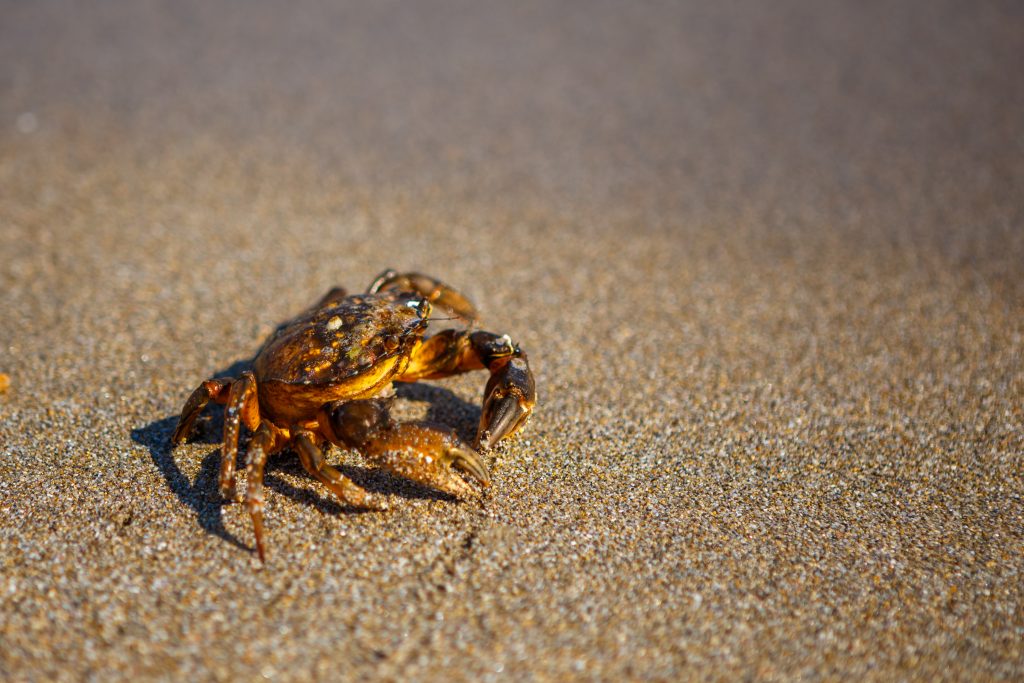Researchers Produce Plastic from Crab Shells
By Adrian Mcdermott
In 2014, scientists from the Wyss Institute for Biologically Inspired Engineering in Boston succeeded in producing plastic using crab shells and cellulose obtained from wood flour. Now, researchers from the Georgia Institute of Technology have developed a biodegradable plastic, derived from crab shells and tree fibers. Plastic produced from fossil fuels does not degrade completely. It is everywhere, and worryingly, microplastics found in the ocean have entered our food chain. The search for the perfectly biodegradable plastic continues. We are taking rapid strides in creating plastics that degrade naturally to fulfill the manifold requirements of the different types of plastic used across industries.
Plastic made from crab shells and wood flour or wood fibers is not only biodegradable, it is also compostable. Chitin found in crab shells is a widely available organic compound. It is a natural polymer with properties similar to that of cellulose. 2 million tons of crab shells are produced each year, there is no dearth of chitin that can be harvested from the shells.
Chitosan produced from chitin finds application in cosmetics, medical, and textile industries. Researchers have succeeded in altering the mechanical properties of chitosan polymer to produce three dimensional objects. Not only this, the chitosan film is water resistant.

